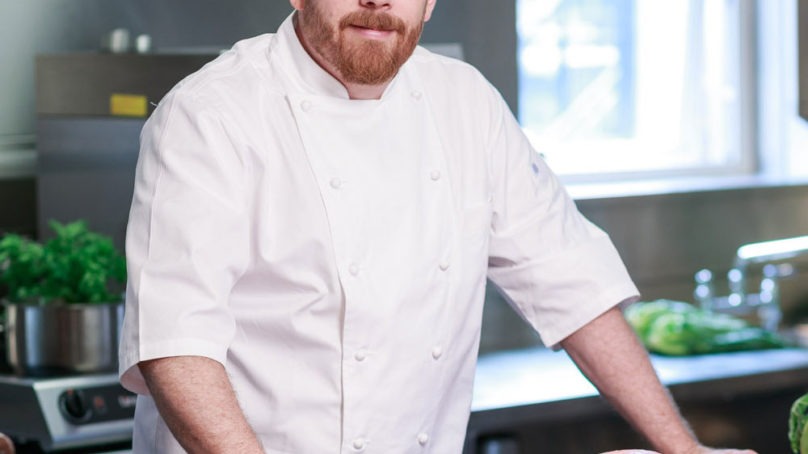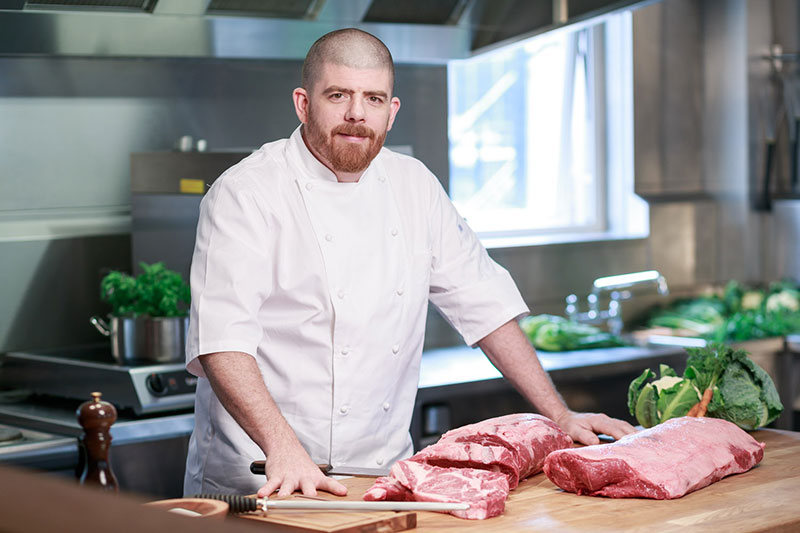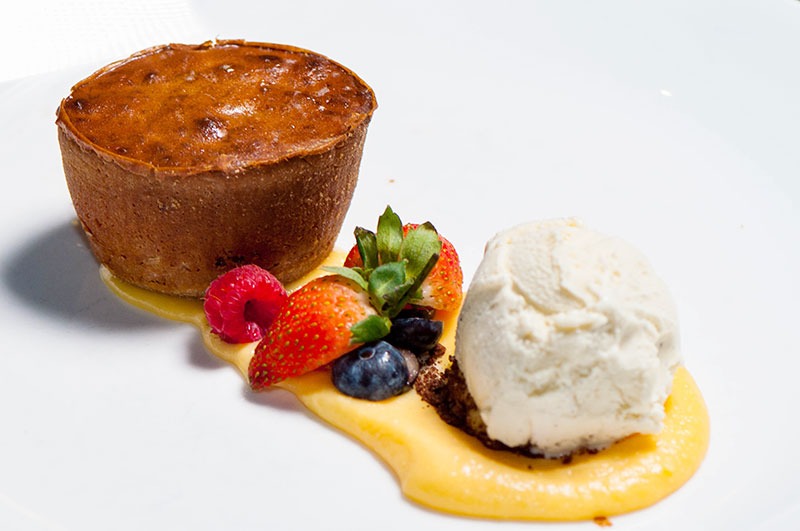From the finest fillet to slow-cooked brisket and Instagram-friendly tomahawk, beef is enjoying a wave of popularity, buoyed by creative use of second cuts and a new audience on a voyage of discovery
Long a staple in kitchens and on menus worldwide, meat continues to hold its own in an era when food fads and trends come and go with alarming regularity.
Global meat production is expected to be 16% higher in 2025 than in the period 2013-15, according to data compiled by the Organisation for Economic Co-operation and Development and Food and Agriculture Organisation of the United Nations (OECD-FAO). “Growth in the demand for meats will stem mostly from income and population growth, especially in countries with large middle classes in Asia, Latin America and the Middle East,” the organizations noted in their Agricultural Outlook for 2016-2025.
Beef, in particular, is rising in popularity, riding on the wave of a new and growing audience. The global per capita consumption of beef reached 10.1 kg in 2015, data compiled by Statista shows, with forecasts expecting volumes to increase.
Emerging markets are playing a key part in driving growth in beef consumption, the OECD-FAO noted in their outlook. By 2025, consumption is expected to increase by approximately 21% in developing regions relative to 2013-15, easily outpacing the rise in developed countries, which is forecast to be nearer 6%.
The tenderloin has long been the most popular cut across the Gulf, as Nicolas Tabbal, F&B brand manager, Butcher, Overseas, for Azadea Group, which operates the legendary Butcher Shop & Grill in Dubai, explained. “Primal cuts, especially tenderloin, are the most popular and will remain the bestseller for sure,” he told HN.
Master Chef Tarek Ibrahim believes that the rise and rise of the New York-style steakhouse across the region has helped to keep first cuts of beef at the top of the list. “Everyone goes to a restaurant or hotel and automatically asks for fillet,” he said.
However, constant demand for top quality cuts puts pressure on supply. “These cuts are just 1.4% of the weight of an animal, so the question then is what do you do with the rest of it?” he asks. “My role as chef is to explore what other meat on a 600-kilo animal can produce an enjoyable, flavour-rich and affordable eating experience.”
Chef Ibrahim, a self-confessed promoter of non-loin cuts, is keen to highlight some of these. “The oyster cut, for example, is a magical piece of meat, one I describe as a golden nugget.”
The move towards exploring and experimenting with second cuts has been on the rise in the West for some time and is a trend that organizations such as the United States Meat Export Federation (USMEF) support.
Dr. Travis Arp, the federation’s director of market access and export services, believes there are signs of progress. “The USMEF has tried to stimulate demand for secondary cuts of beef like short rib, flank steak, brisket and others,” he told HN. “Some of these cuts are starting to gain momentum from a demand standpoint in the region.”
Chef Ibrahim believes dishes featuring these cuts, such as slow-cooked brisket, are going down well with diners. “They’re the perfect comfort food,” he said. “There is also an element of satisfaction that comes from having a full plate. Diners feel like they’re getting their money’s worth.”
Full plates and larger cuts also lend themselves to social media, something that kitchens cannot afford to ignore, as celebrity chef John Cadieux explained. “Diners today are eating with their eyes and with Instagram,” he told HN. “Cuts that have ‘shock value’ and a massive presence, such as the ribeye and the giant 1.5-kilo tomahawk, have exploded, in part because they look incredible on social media.”
As well as photographing their food, diners today are also keen to know where it has come from, something that has had a knock-on effect across the chain, according to Tabbal.
“Producers have started to focus on branding and differentiating their products,” he said. Key factors, including details relating to breeding, history, source, feeding, and whether the meat is free-range and hormone free, are among the criteria being given a priority.”
Chef Cadieux is adamant that he doesn’t buy meat unless he knows its journey from start to finish. “I want to know everything, so I visit farms,” he said. “I truly believe I can taste the difference on a plate.”
The award-winning Argentinian steak restaurant Gaucho is confident that the ethos behind its dishes means they fully meet the demands of today’s discerning diner.
“Generally, in Dubai, guests are becoming more health conscious and therefore looking for organically grown products,” Natissa Bouhezila, Gaucho’s international operations director, explained. “Our Aberdeen Angus beef, reared on the luscious grasslands of La Pampas in Argentina, are grass fed and enjoy a free-range lifestyle. Our beef is also exclusive to us and to ensure the highest quality meat, we remain closely involved with our cattle throughout the farming process.”
The popularity of social dining is also something the brand has moved to embrace, introducing a tapas style menu in November featuring small, sharing-style bites.





















